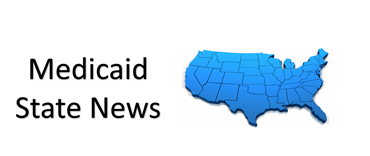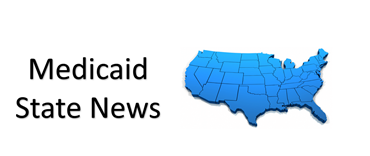MM Curator summary
Florida says no to expansion, but yes to more funds to improve maternal health.
The article below has been highlighted and summarized by our research team. It is provided here for member convenience as part of our Curator service.
Florida state Sen. Annette Taddeo, D-Miami
Steve Cannon / AP
(The Center Square) – Florida’s Republican-led Legislature has no plans – not an inkling – to expand Medicaid to 800,000 low-income residents but under a new proposal, a year of subsidized healthcare could be provided to nearly 100,000 new mothers and their infants.
House Speaker Rep. Chris Sprowls, R-Palm Harbor, announced Tuesday that a yet-to-be-filed bill will propose extending postpartum Medicaid coverage from two months, as currently permitted in Florida, up to 12 months.
“Today, the Florida House is making a meaningful commitment to address the disparities in health outcomes for our children and for their moms,” he said. “We believe that providing the access to postnatal coverage for up to one year after the birth can significantly boost health outcomes for moms and their babies, and we know that healthy moms are better positioned to raise healthy and thriving children.”
Sprowls said the impetus for the bill is House Bill 645 filed by Rep. Kamia Brown, D-Ocee, who flanked the speaker at the Capitol news conference.
“This extension is critical for mothers, going leaps and bounds beyond what is offered in the past,” Brown said, noting of 36 Florida women who died from pregnancy-related complications in 2019, half were Black. “This problem impacts minority communities disproportionately.”
The announcement follows a Biden administration initiative within the $1.9 trillion ‘American Rescue Plan’ adopted by Congress earlier this month to extend Medicaid coverage for a full year to low-income women after they deliver their babies. Under the proposal, it is optional for states to provide extended postpartum Medicaid health coverage.
Florida’s Medicaid program offers coverage to pregnant women who earn up to 196 percent of the federal poverty level, a higher standard than federal law which requires states to cover pregnant women with incomes up to 138 percent of the poverty line.
About 97,600 women would be eligible under the extension, according to the state’s Agency for Health Care Administration (AHCA), which manages Florida’s $30 billion Medicaid program.
“If we’re going to be truly committed to mothers and the health of their children in the long term, it needs to be signaled in both word and deed that this is a long-term commitment, and that’s what we’re going to do,” Sprowls said.
With Missouri and Oklahoma voters in 2020 ordering their Republican-controlled legislatures to expand Medicaid under the Affordable Care Act (ACA) in 2021, Florida remains one of 12 states that have not expanded Medicaid.
Advocacy groups and Democrats, while praising the proposed postpartum coverage extension, said the measure doesn’t go far enough and that now is the time to expand Medicaid.
In a Tuesday Zoom conference, U.S. Health & Human Services Secretary Xavier Becerra joined U.S. Rep. Ted Deutch, D-Boca Raton, and state Sen. Annette Taddeo, D-Miami, in calling for Florida to expand Medicaid under the ACA in which the federal government pays 90 percent of the costs.
A provision in the ‘American Rescue Plan’ provides another 5 percent of funding, meaning the state would only need to cover 5 percent of expansion costs.
“The American Rescue Plan lowers health insurance premiums for millions of American families,” Deutch said. “A family of four making $90,000 could see their monthly premiums come down by $200 a month.”
Taddeo has introduced unheard bills to expand Medicaid under the ACA for several years, including 2021’s SJR 276, assigned four committee hearings – a kiss of death – and unheard before any.
“The time is totally now to do this,” Taddeo said. “We don’t need to have 800,000 Floridians without health care. Deep-red, conservative states such as Idaho, Missouri, Nebraska, Oklahoma and Utah expanded Medicaid. Have any of them said, ‘Oh, we made a mistake. Let’s go back?'”










